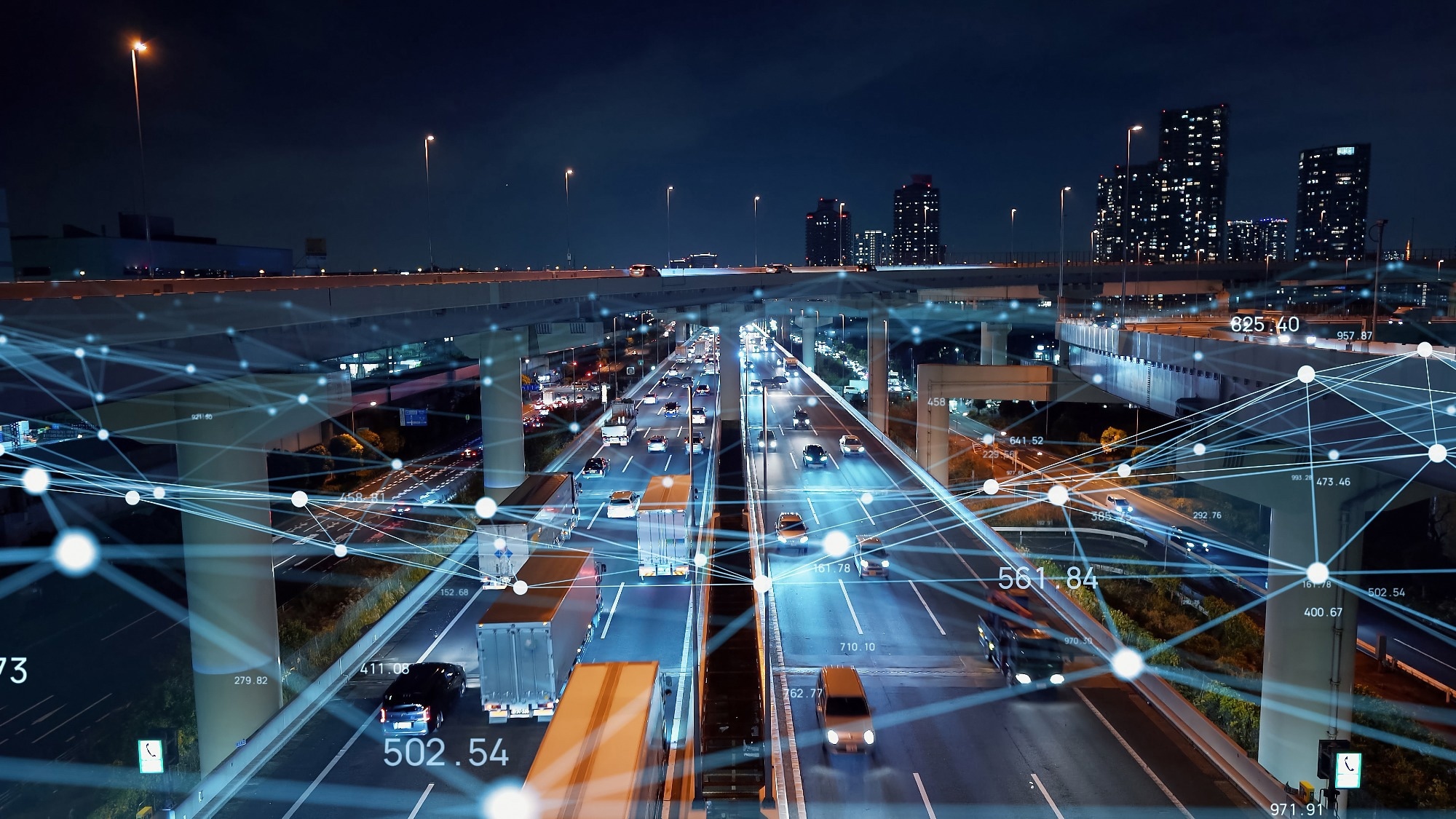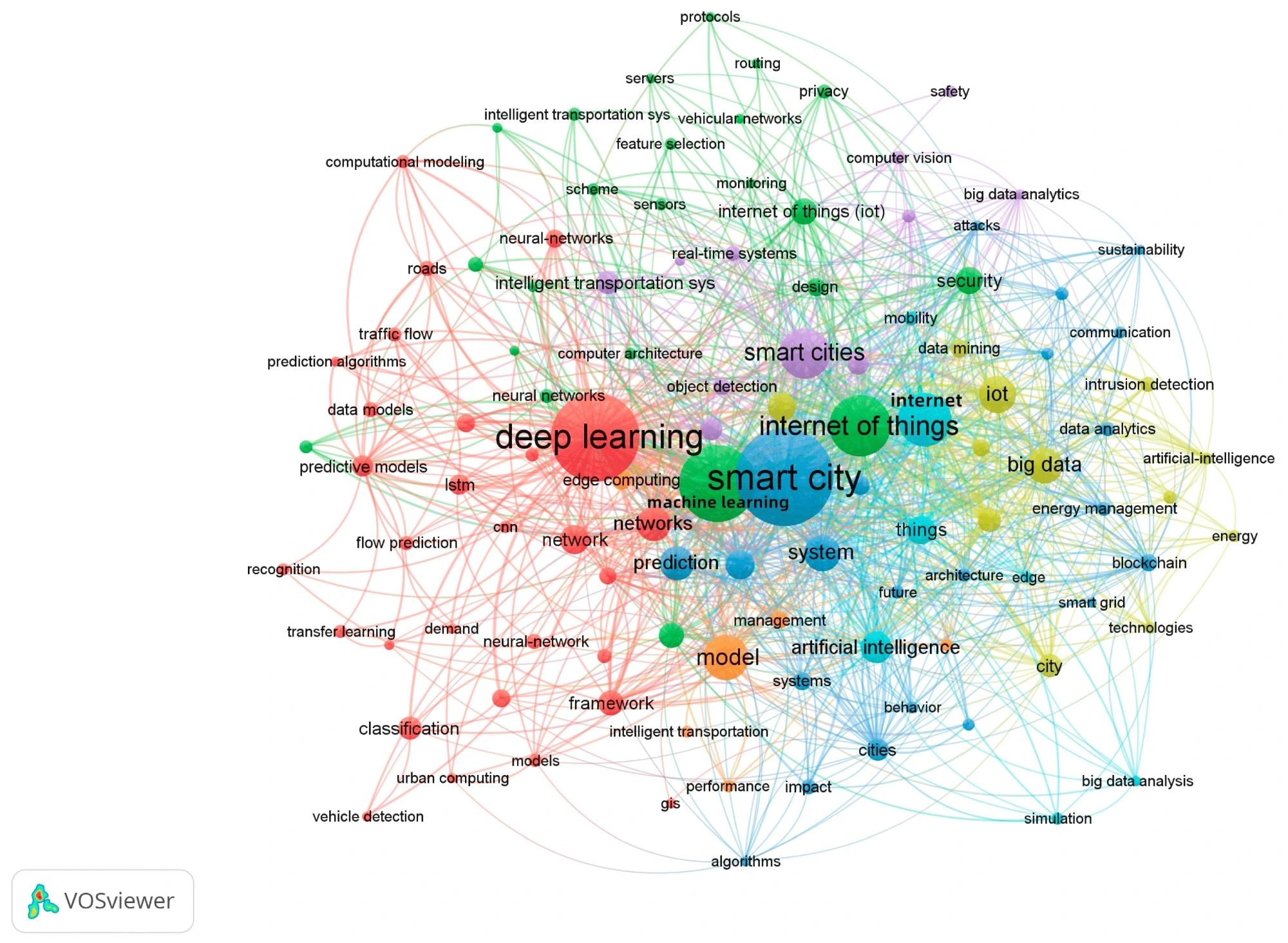In a paper published in the journal Sustainability, researchers systematically reviewed intelligent transportation literature, analyzing 113 journal articles from the Web of Science database. The paper summarized existing knowledge, identified research trends, and evaluated academic impacts through scientometric analysis. Nine emerging subtopics were identified and discussed qualitatively, aiding in future research directions and informing research policymakers and editorial boards.
 Study: AI Revolution in Smart City Transport. Image Credit: metamorworks/Shutterstock.com
Study: AI Revolution in Smart City Transport. Image Credit: metamorworks/Shutterstock.com
Background
Past work has extensively explored the integration of machine learning (ML) and deep learning (DL) in intelligent transportation systems (ITS), focusing on traffic-flow prediction, congestion management, smart parking, and public transportation enhancements. However, existing studies primarily relied on qualitative reviews, needing more quantitative analysis and generalization across the literature.
The challenges stem from the disparities in data quality and accessibility across various urban environments, affecting the scalability and applicability of ML and DL solutions. Additionally, the interpretability of DL models remains a significant hurdle, limiting their adoption in critical decision-making processes within ITS frameworks.
Research Analysis Overview
This section explores publication trends, co-authorship networks, and keyword co-occurrence in the literature on ML and DL in ITS. It highlights a significant rise in research output since 2018, indicating growing interest in utilizing ML and DL to improve ITS efficiency. Analysis of co-authorship and keyword co-occurrence in ML and DL applied to ITS highlights global collaboration and thematic clusters guiding future research and application.
 Keyword co-occurrence network and clusters.
Keyword co-occurrence network and clusters.
Transformative Technologies in ITS
This section provides a comprehensive qualitative discussion on applying ML and DL in ITS, highlighting key trends, insights, and future directions emerging from recent research. The examination of publication shows a notable increase in research interest and production since 2018, indicating growing recognition of ML and DL's potential to enhance efficiency within ITS. This surge reflects a broader movement towards leveraging advanced technologies to address complex urban mobility and transportation management challenges.
This study employs rigorous scientific methodologies to systematically organize and synthesize current knowledge to support ongoing and future research efforts. Through comprehensive exploration of ML and DL applications in ITS, researchers can pinpoint tailored solutions for diverse challenges, from predicting traffic flow to optimizing public transportation and intelligent parking systems. This structured approach facilitates deeper insights into technological advancements and provides a foundation for further exploration and innovation in urban mobility solutions.
The discussion delves into areas where ML and DL have significantly contributed, such as traffic-flow prediction. Researchers highlight improvements in predictive accuracy and operational efficiency by examining recent advancements, including support vector machines (SVM), long short-term memory (LSTM), and other models. Yet, persistent challenges include ensuring compliance with data privacy regulations and improving the interpretability of models, emphasizing the necessity for interdisciplinary collaboration to tackle these complexities effectively.
Public transportation is another critical focus, with studies leveraging DL models like graph convolutional networks (GCN) and convolutional neural networks (CNN) to optimize service operations and passenger flow forecasting. While advancements demonstrate promising results in enhancing urban mobility, integrating these technologies into existing infrastructures remains challenging. Issues such as system scalability and data integration complexities necessitate ongoing research efforts to bridge these gaps and facilitate seamless adoption in real-world settings.
Intelligent traffic data transmission and sharing are essential for effective urban mobility management. Researchers aim to predict traffic flows using ML and DL models. Despite model accuracy and real-time adaptability advancements, data quality assurance and system interoperability challenges persist, requiring comprehensive solutions prioritizing technological advancements and policy frameworks.
Vehicle detection and tracking systems are pivotal for enhancing efficiency in traffic management and ensuring road safety. By employing models like LSTM and generative adversarial network (GAN), researchers aim to improve accuracy and real-time performance in identifying and tracking vehicles. However, challenges such as computational complexity and environmental robustness remain, highlighting the need for continued advancements in sensor fusion and algorithm optimization to support reliable urban transportation systems.
In conclusion, while ML and DL technologies offer promising avenues for transforming ITS, their effective deployment requires addressing various challenges. These include data privacy concerns, system interoperability, and algorithm scalability. For future progress, it is essential to prioritize integrating technological advancements with urban planning frameworks, fostering interdisciplinary collaboration, and developing sustainable and inclusive solutions for urban mobility. The study provided valuable insights into the complex dynamics of urban transportation, highlighting opportunities for enhancing efficiency and sustainability.
Conclusion
In summary, this study examined recent trends in ITS in smart cities, assessing how ML and DL impact traffic-flow prediction, congestion management, and smart parking. It explored challenges and future directions, underscoring the technologies' pivotal role in improving traffic flow and safety. Using quantitative methods, it visualized trends through tables, graphs, and narratives, offering insights despite limitations like focusing on English literature and specific databases. The study contributes valuable insights for researchers and practitioners seeking to advance ITS.
Journal reference:
- Zhang, J., et al. (2024). The Application of Machine Learning and Deep Learning in Intelligent Transportation: A Scientometric Analysis and Qualitative Review of Research Trends. Sustainability, 16:14, 5879. DOI: 10.3390/su16145879, https://www.mdpi.com/2071-1050/16/14/5879